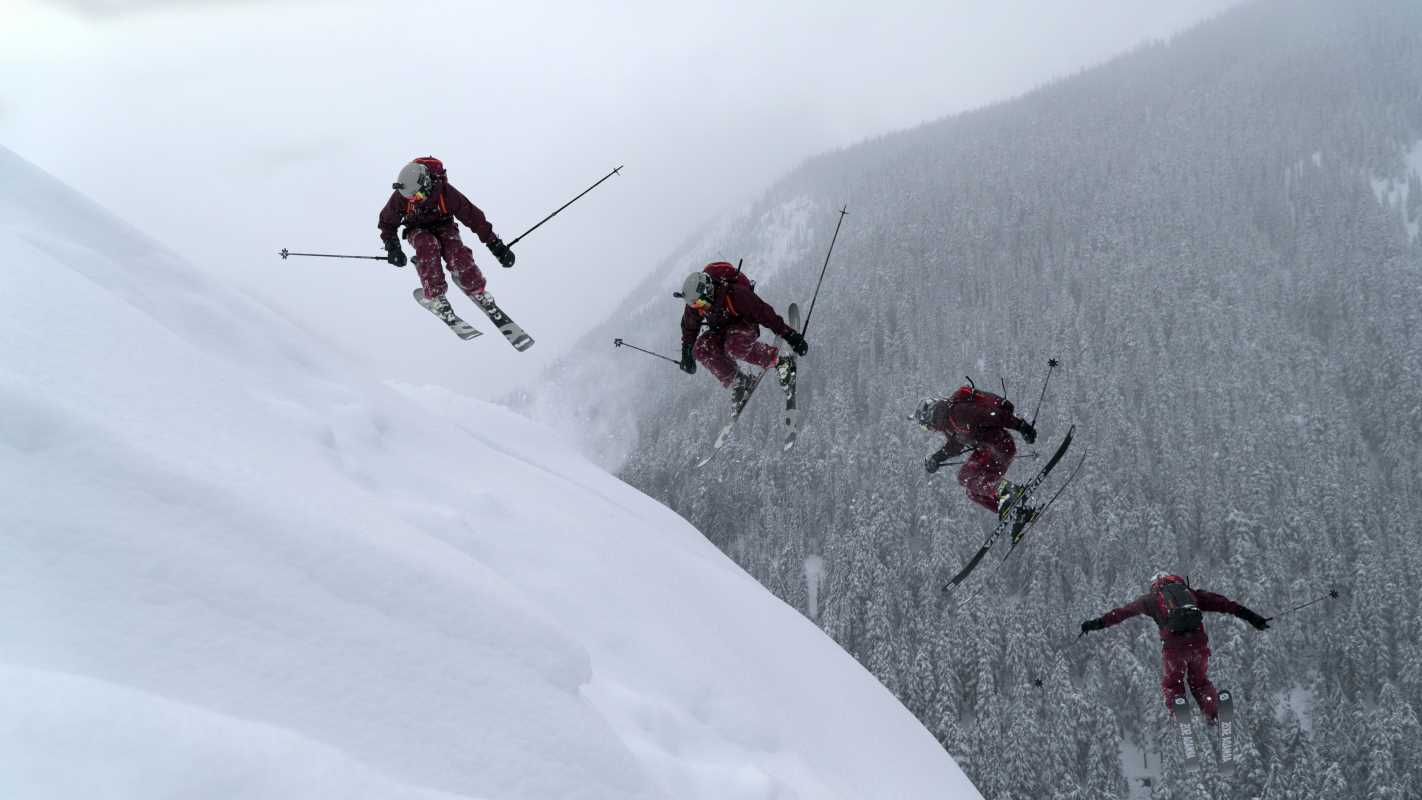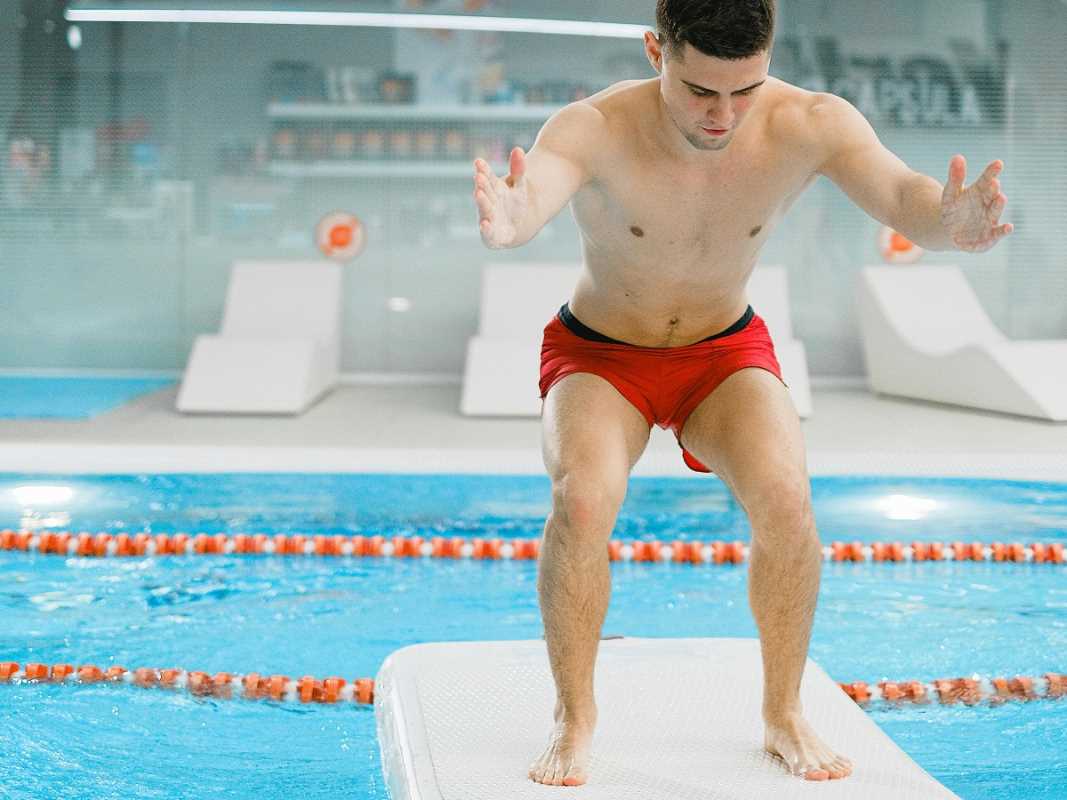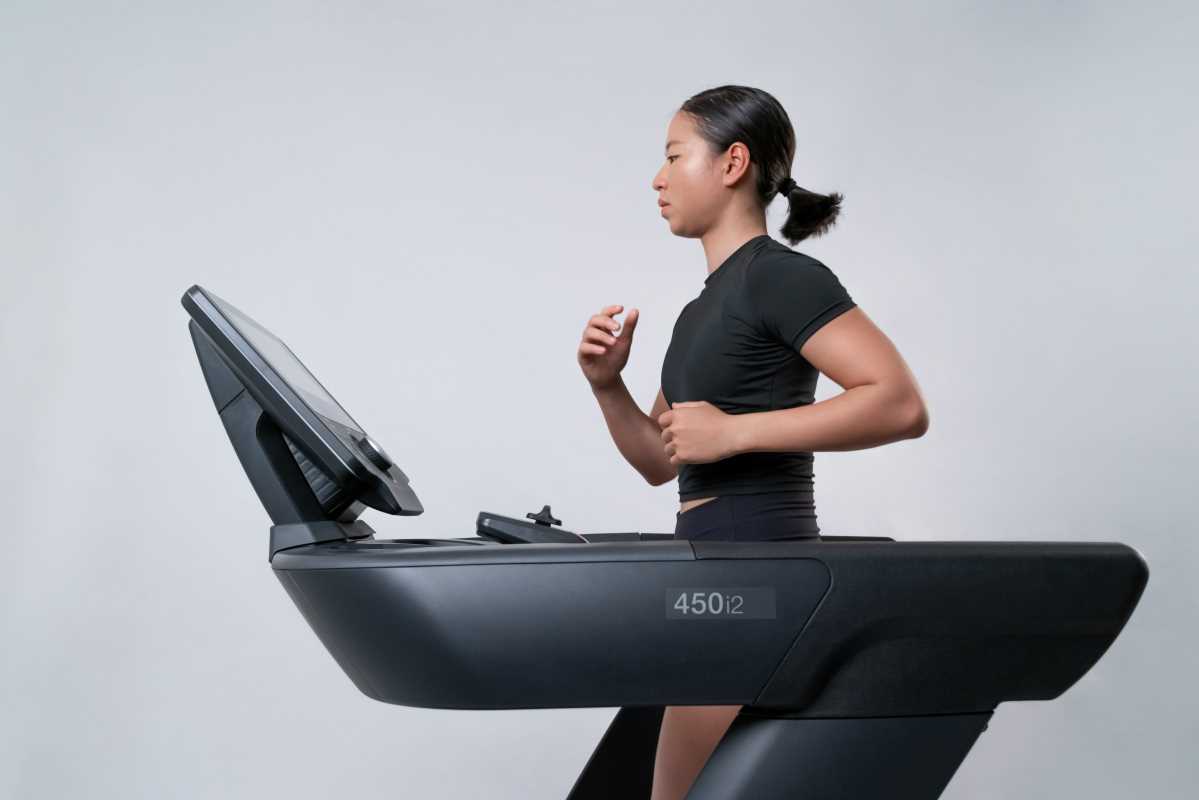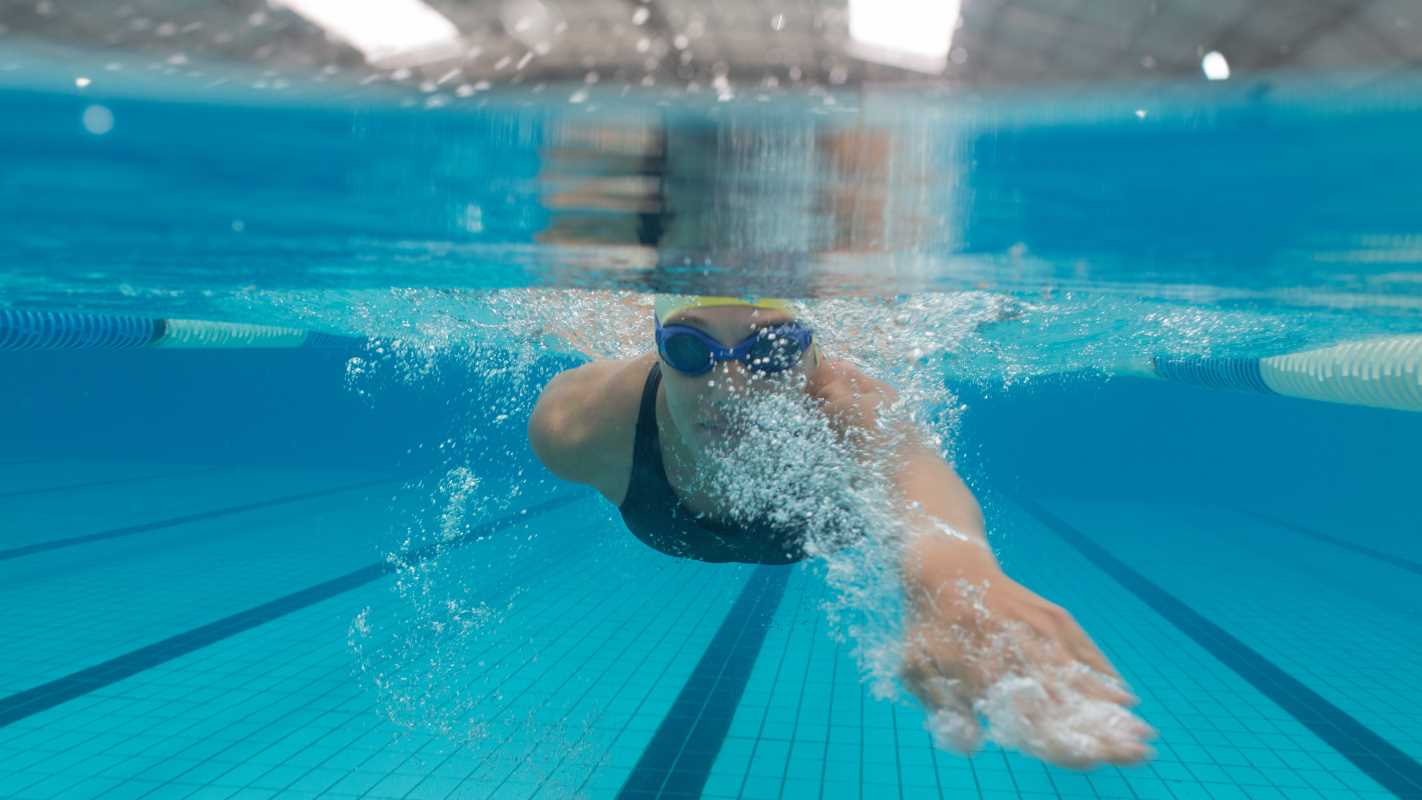Ski jumping captivates with its thrilling blend of speed, skill, and bold athleticism. Athletes experience an exhilarating journey as they launch into the air, striving for that perfect landing. Every nuanced movement during this descent plays a pivotal role, where the slightest misstep can mean the difference between a flawless touchdown and a shaky finish that impacts the score. For those athletes with a passion for excellence and a desire to lead in this daring sport, perfecting the landing phase is essential. Dive into this article to discover seven groundbreaking techniques designed to enhance your landing accuracy and elevate your performance on the slopes.
Technique 1: Aerodynamic Positioning
Maintaining an aerodynamic position during your jump remains essential for reducing air resistance and ensuring a stable flight. Here are the key aspects to focus on:
- Body Alignment: Keep your body straight with arms extended forward. This alignment minimizes drag and helps maintain balance.
- Head Position: Keep your head steady and eyes focused on the landing area. Avoid unnecessary head movements that can disrupt your balance.
- Leg Position: Slightly bend your knees and keep them close together to absorb the impact upon landing.
By fine-tuning your aerodynamic form, you achieve a smoother flight and set yourself up for a more controlled and precise landing.
Technique 2: Timing Your Takeoff
The moment you launch off the ramp plays a pivotal role in your landing's accuracy. Proper timing ensures that you achieve the optimal trajectory and angle for a smooth touchdown.
Start by observing the wind conditions and adjust your takeoff point accordingly. A well-timed takeoff allows you to maximize your jump distance while maintaining control. Practice your approach to develop a consistent rhythm, helping you synchronize your movements seamlessly with the ramp's incline.
Technique 3: Landing Gear – The Right Equipment
Having the appropriate landing gear significantly impacts your landing precision. Here are the essential equipment components to consider:
- Skis: Choose skis that offer a balance between flexibility and rigidity. This balance helps absorb shocks during landing.
- Bindings: Ensure your bindings fasten securely and adjust properly to provide stability upon impact.
- Boots: Invest in high-quality boots that offer excellent ankle support and cushioning to minimize discomfort and enhance control.
With the right equipment, you approach each landing with confidence, knowing that your gear supports your performance and safety.
Technique 4: Visualizing Success
Visualization serves as a powerful tool that can enhance your landing accuracy. Incorporate these exercises into your training routine:
- Mental Rehearsal: Before each jump, close your eyes and mentally walk through the entire landing process, focusing on smooth execution.
- Positive Affirmations: Use positive statements to build confidence and reduce anxiety about your landings.
- Image Boards: Create a visual representation of successful landings to keep yourself motivated and focused on your goals.
By consistently visualizing success, you train your mind to anticipate and execute precise landings, ultimately translating into better performance on the slopes.
Technique 5: Core Stability and Balance
A strong core proves fundamental to maintaining balance and control during your jump and landing. Incorporate exercises that build core strength, such as planks, Russian twists, and leg raises. Practice balance drills like single-leg stands and stability ball exercises to enhance your equilibrium.
Improving your core stability aids in landing precision and contributes to more explosive starts by ensuring you possess the necessary power and control from the onset.
Technique 6: Mastering Innovative Techniques
Staying ahead in ski jumping means embracing new methods that refine your technique. One such method is the precision ski approach, which focuses on meticulous adjustments to ski angles and timings during flight. By mastering these advanced techniques, you enhance your control and adaptability, leading to more consistent and accurate landings.
Integrating technology like video analysis and motion sensors into your training regimen provides valuable insights into your jumping mechanics, allowing you to make informed adjustments for optimal performance.
Technique 7: Strength and Flexibility Training
Overall strength and flexibility play crucial roles in achieving precise landings. Incorporate weight training to build the muscles in your legs, back, and arms, which are essential for maintaining form and absorbing impact. Flexibility exercises, such as yoga or dynamic stretching, ensure that your body can move fluidly and respond effectively during the landing phase.
Regular strength and flexibility training prevents injuries and enhances your ability to execute controlled and accurate landings, giving you the edge over competitors.
Implementing these seven techniques enhances your ski jump landings, improving performance scores and building confidence to push your limits. Embrace them and elevate your skills to new heights.
 (Image via
(Image via





